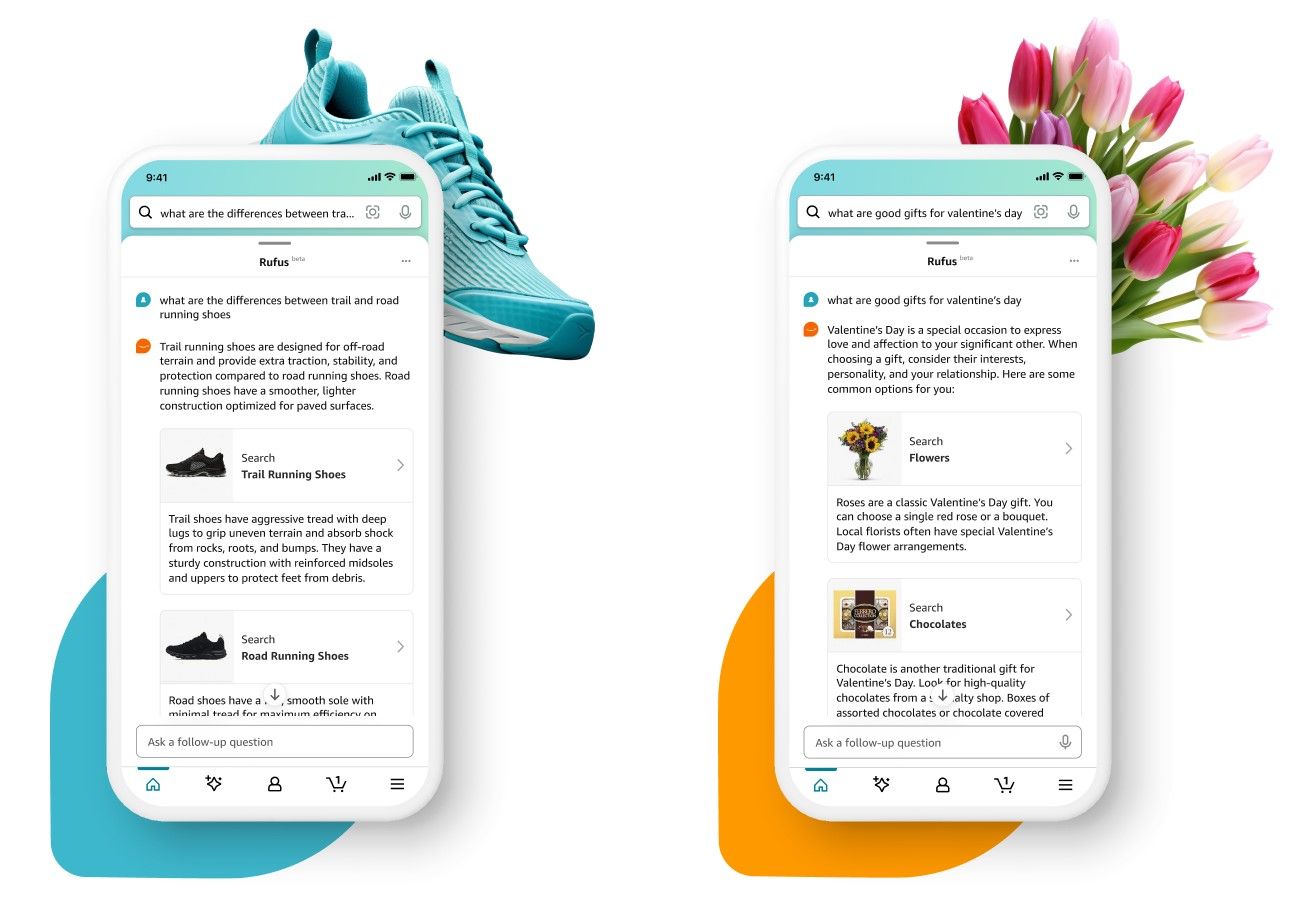Amazon has unveiled Rufus, an AI-powered shopping assistant designed to enhance the shopping experience for users. Rufus, integrated into Amazon’s mobile app, aims to simplify product discovery, comparisons, and recommendations for customers. The introduction of Rufus raises questions about the demand for AI shopping assistants and their relevance to the average consumer.
Key Takeaway
Amazon’s introduction of Rufus, an AI-powered shopping assistant, raises questions about the widespread demand for AI technologies in the retail sector. While AI tools like Rufus offer specific benefits, their overall appeal and alignment with consumer preferences remain uncertain.
Consumer Perception of GenAI
Despite the potential benefits of AI shopping assistants like Rufus, there are concerns about their adoption among consumers. Research indicates that the majority of individuals may not actively seek out or utilize such AI technologies. For instance, a survey conducted by the Pew Research Center revealed that only a small percentage of adults in the U.S. have tried OpenAI’s GenAI chatbot, ChatGPT. This lack of widespread usage raises doubts about the appeal of GenAI products to the general public.
Challenges and Considerations
GenAI, including Rufus, faces various challenges, including issues related to accuracy, copyright infringement, and biased outputs. Amazon’s previous GenAI chatbot, Amazon Q, encountered difficulties, such as inadvertently disclosing confidential information shortly after its launch. Additionally, the overall value proposition of GenAI in addressing the diverse needs of shoppers remains uncertain, as highlighted by a recent poll by ecommerce software startup Namogoo.
Insights from Namogoo’s Poll
The poll conducted by Namogoo emphasized the significance of product images, reviews, and descriptions in influencing the online shopping experience. Notably, search functionality was ranked lower in terms of importance, suggesting that consumers primarily focus on specific products rather than utilizing search features extensively. These insights shed light on the potential limitations of AI shopping assistants in meeting the predominant needs of shoppers.
Amidst these developments, other AI-related stories have emerged, including Google Maps’ integration of GenAI features, the release of new open AI models by the Allen Institute for AI, and regulatory efforts by the FCC to address AI-generated calls. These diverse initiatives underscore the evolving landscape of AI applications across various industries.
Furthermore, ongoing research endeavors have explored the capabilities of AI models in identifying patterns and common sense, as well as addressing biases in language models. Notably, advancements in AI extend beyond traditional applications, encompassing simulations of tree growth and the development of robotic systems with enhanced tactile abilities.
As AI continues to advance, it is essential to critically evaluate the practical implications and societal implications of integrating AI technologies into everyday experiences.

























